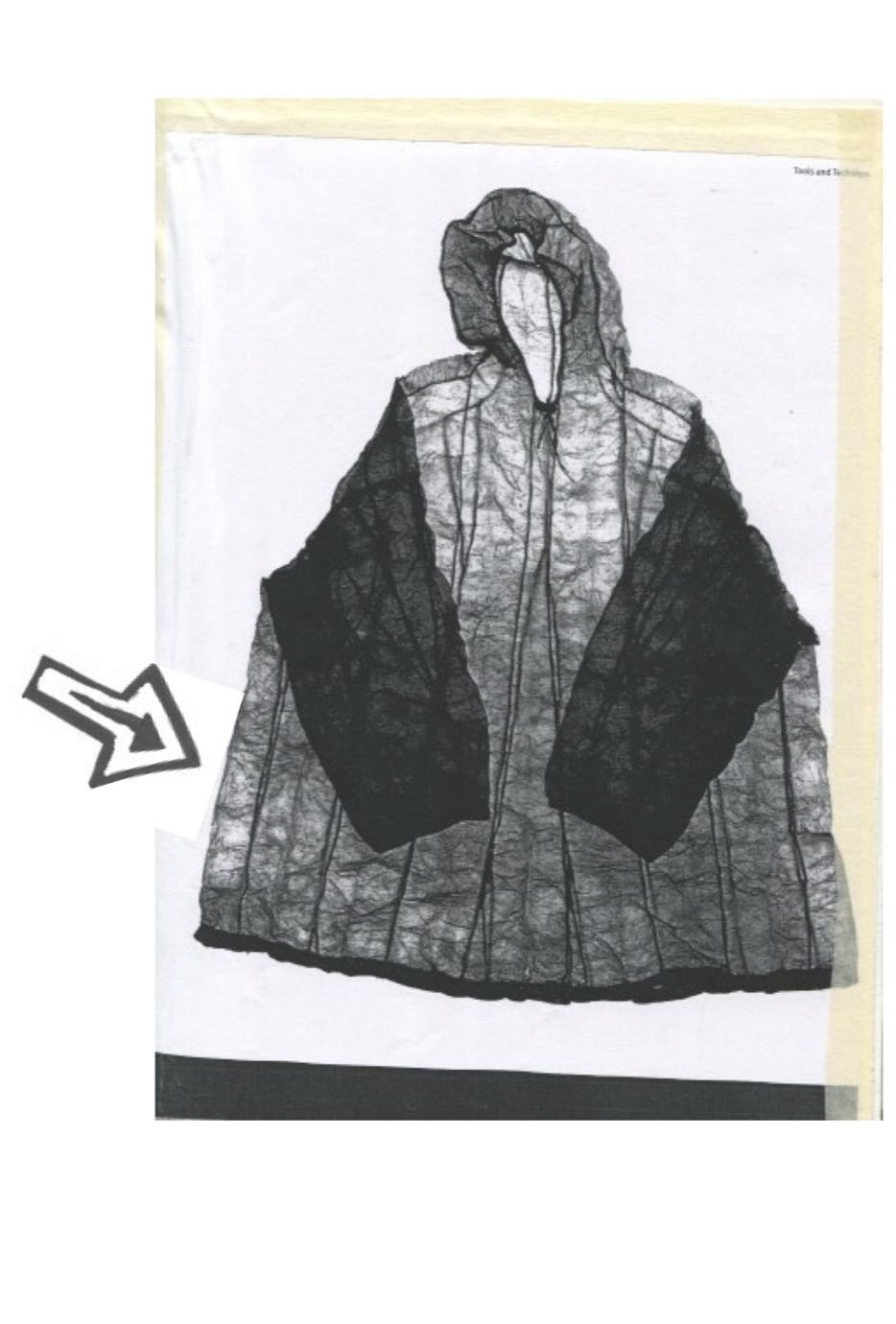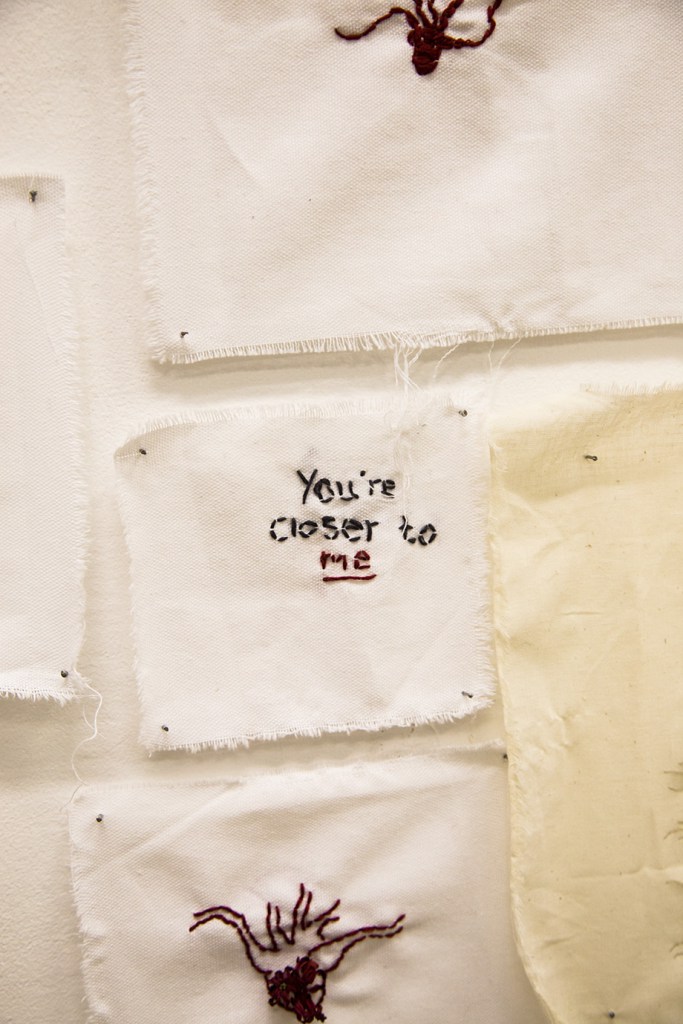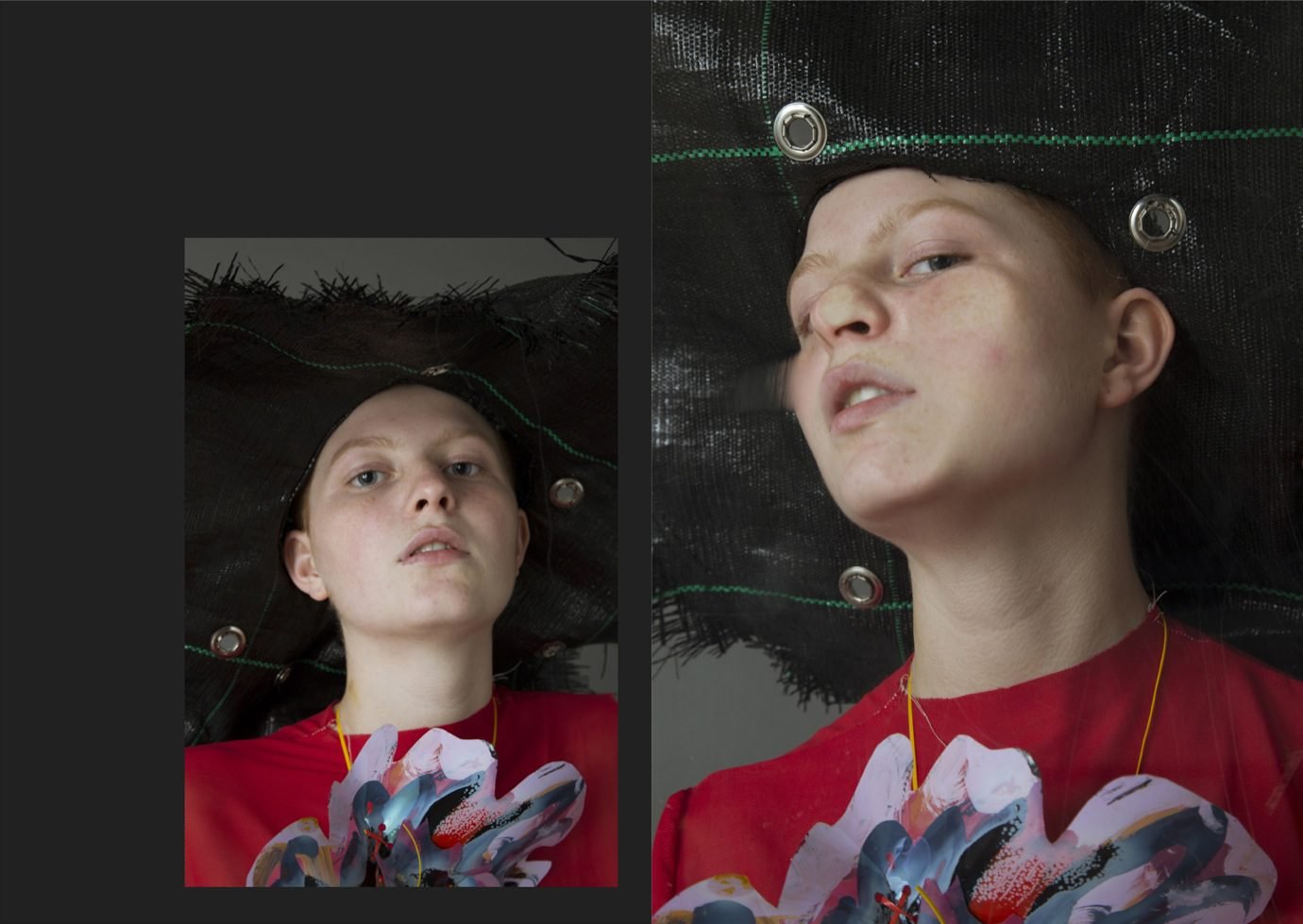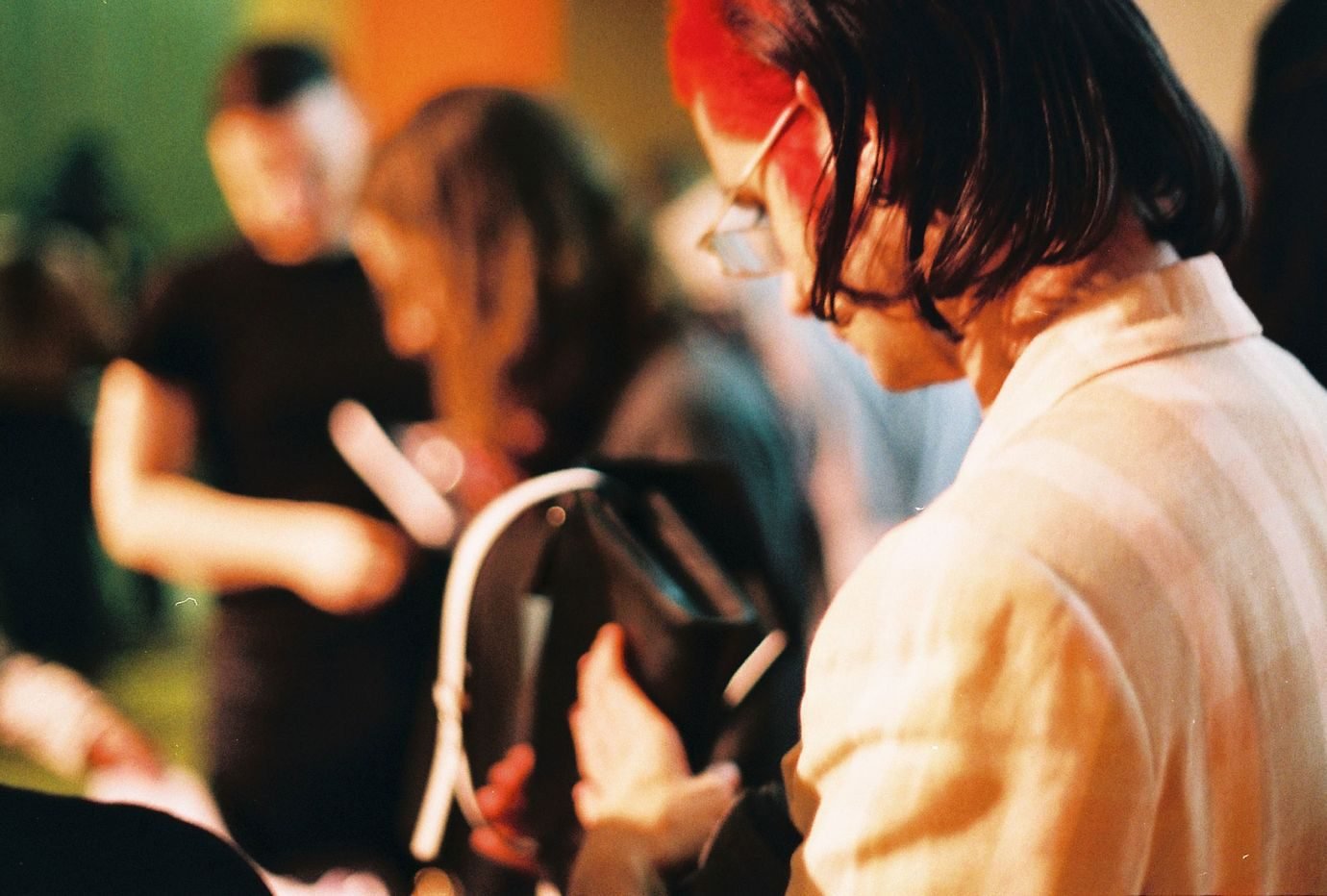Yes, there’s an inherent elitism in assuming a unanimously critical stance on people that consume fast fashion when it may be the only thing they’ve had access to. In any case, it’d be great to learn more about your career trajectory: you studied BA Fashion Design & Marketing at CSM, before completing a Masters at Imperial and then setting up Higher Studio. What took you from taking your first steps towards a career as a fashion designer to where you are now?
I always wanted to have my own brand, but when I graduated in 2012 and thought about how that would take shape, I came up against the contradiction that, yes, you can use more sustainable fabrics, but as long as you’re persuading people to buy more and more stuff, it’s not really sustainable.
Faced with that realisation, I wasn’t prepared to go forward with a brand, but I didn’t really know of any other way of doing things. That’s why I went to Imperial to study for an MSc in Innovation, Entrepreneurship & Management; I felt like there was this problem that needed solving, and I didn’t know what the solution was. I started looking into the idea of the circular economy and realised that rental was a great way to incentivise a circular way of thinking in fashion. I started researching other rental companies to see what was out there, and I just felt that there was nothing that would satisfy me, so I saw a gap to fill.
“If we’re going to bring about this complete system change, we’re going to need cultural change. Fashion students are the people to create that cultural shift: they need to get to work on that!”
So what exactly is a circular economy, and how does it translate to a fashion context?
In a circular economy, resources circulate without waste, with a perfect system producing none at all. There are separate cycles for synthetic and organic materials, as the organic materials can decompose into soil, while synthetic materials should just go round and round in this perfect loop. In fashion, this is all rather difficult, as we’ve been mixing technical and biological materials together for some time, polycotton being a good example. They’re then extremely difficult to separate, meaning we can’t recycle them.
Even if clothing is recyclable, energy, whether by hand, machine, or a chemical process, is required to separate the fibres and put them back together again. The best thing we can do is to make things that last in the first place, making sure that cycle turns as slowly as possible in the first place. It’s like if you have a glass jar: don’t just use it once and then melt it down to make another jar, just reuse it!
This is why fast fashion’s attempts to sustainably maintain the speed of its production cycles, melting things down with chemicals and turning them into something else just isn’t that simple. And replacing fossil fuels with renewable energy sources isn’t a perfect solution either: solar panels have to be made from something, and can only be used for however many years before they become waste: there’s always collateral.
You spent time working at a large London brand, and were responsible for overseeing its wholesale operations in Paris. Was there a particular ‘straw that broke the camel’s back’ moment where you realised that working directly within the system wasn’t going to allow you to fulfil your aims of instigating industry change?
One thing was the omnipresent inertia, and the realisation that if people at the top don’t really want change, and simply see sustainability as something to be done because everyone’s talking about it, the gesture doesn’t mean much. It’s not just about implementing sustainability, it’s about instigating a cultural shift within a company. If that doesn’t come from the top, it’s extremely difficult to do, it requires a constant battle. When the IPCC 1.5 °C report came out in October 2018, that was when it all clicked. I was already aware of all of the stuff it contained, but if the IPCC is writing about it as though it’s a real emergency, it means that we really are in a very bad situation. I just couldn’t wait for people to change. If they’re not doing the right thing, then that doesn’t deserve my or anyone else’s attention, We have to fight it, because that’s what it is now: a fight; a non-violent war.
The first of its kind! What drew you to the idea of ‘intrapreneurship’, promoting change from within, in the first place?
Realising just how hard it is to be an entrepreneur! You just don’t have the scale to provoke change in the beginning, and that can be really frustrating. There was this promise of being able to have an impact on that much bigger scale, where a difference could actually be made. But that promise is very far from reality.
“Very soon, we won’t have cotton, we won’t be able to use resources to grow things to make clothes. What will the fashion industry do then? When there isn’t enough food on the shelves to go around in the supermarket, will you really be worrying about what you’re wearing?”
I guess that in large companies, responsibility is so broadly delegated that it can hard to try and bring about a universal sense of commitment to a cause.
Yes, but it also came down to simple things, like trying to get people to separate their recycling in the studio: nobody cared! I’d organise the bins in a certain way, and then two minutes later, everything would have moved. First of all, you have to educate people, and if nobody’s willing to be educated, it’s a lost cause.
When the IPCC report came out, I realised that civil disobedience and targeting governments for system change is what we need. It’s a waste of time dealing with these companies in which people don’t give a shit. Instead, the people that do need to target government; we need change from the top, and these companies need to be dealt with by the law. That’s what led me to seek out Extinction Rebellion.
On the topic of education, you studied at Imperial after your time at CSM. Do you think that the comparative lack of business education in fashion education is at all complicit in the industry’s lacking sustainability? It often feels like students are trained to become cogs in the pre-existing machine, rather than autonomous agents who are able to consider their impact and affect change.
Yes, absolutely! I’ve been doing the Extinction Rebellion talk within UAL and RCA, and it’s lead me to realise how much of a problem this is. If you enrol in a fashion course, you expect, and you’re taught, to use the world’s resources to make stuff, and the system wants you to make more and more of it. Essentially, what universities are doing right now, especially on fashion courses, is training people to be machines for their own destruction. And just think of how many of those destructive machines are being put out each year. But it’s not the fault of those students if they don’t see any other choice. What needs to happen is that universities need to declare climate emergency and they need to ensure that everyone is trained to solve the problems we face. It’s not about trying to do things in a ‘less bad’ way, like by changing from cotton to organic cotton. Everybody needs to be a problem solver, working out how to regenerate the environment.
We also need to reconsider what business means in this day and age: we’re taught that the intention of business is to create profit and to create jobs when we need to think about what really defines our economy. More than anything, it’s our natural resources. If businesses are creating profit in a way that’s not aligned to our natural resources and planetary boundaries, it’s just borrowing those resources from the next generation.












